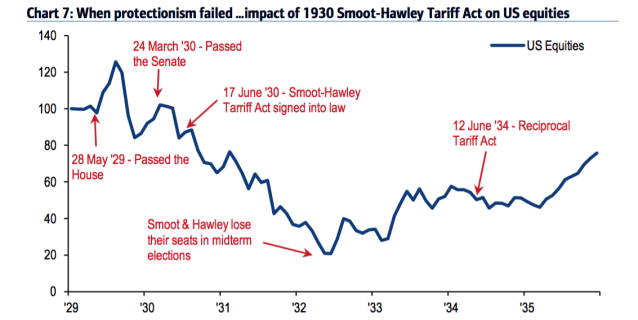Biden's 'equivalent tariffs' have triggered a massive $10 trillion wipeout in global stock markets, with US tech...
Stock Market
Thailand's stock exchange is imposing trading restrictions – including limits on price swings and short selling –...
Tariff tensions are igniting market chaos, threatening a brutal 'whipsaw' for US stocks. Expect extreme volatility and...
Morgan Stanley warns the S&P 500 could fall 7-8% unless the White House ditches tariffs or the...
US stocks experienced a massive surge today, with the Nasdaq leading the charge with a gain of...
Wall Street's biggest Tesla bull, Pierre Lechartier, dramatically cut his price target by 43%, signaling growing concerns...
Sunda Bio's major shareholder trimmed its stake by 1.36%, sparking questions about the reasoning behind the move...
US stocks suffered their biggest weekly loss since March 2020, shedding over $3 trillion in market value...
The S&P 500 took a massive 5% hit today, led by a nearly 17% plunge in DuPont...
Major US bank stocks suffered heavy losses today, with Bank of America, Goldman Sachs, and Morgan Stanley...












